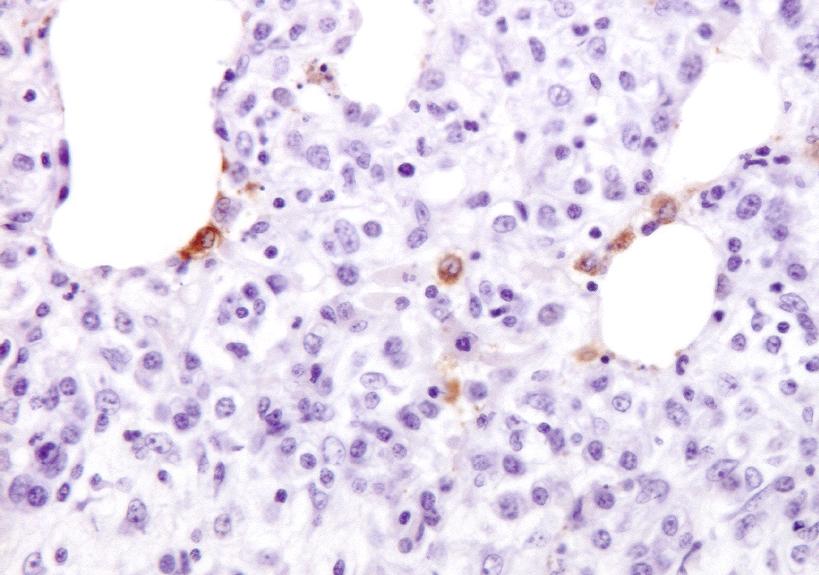Analysis of ORF5 and full-length genome sequences of porcine reproductive and respiratory syndrome virus isolates of genotypes 1 and 2 retrieved worldwide provides evidence that recombination is a common phenomenon and may produce mosaic isolates
Recombination is currently recognized as a factor for high genetic diversity, but the frequency of such recombination events and the genome segments involved are not well known. In the present study, we initially focused on the detection of recombinant porcine reproductive and respiratory syndrome virus (PRRSV) isolates by examining previously published data sets of ORF5 sequences (genotypes 1 and 2) obtained worldwide. We then examined full-length genome sequences in order to determine potential recombination breakpoints along the viral genome. For ORF5, 11 sets of genotype 1 sequences from different geographical areas, including 2 Asian, 1 American, and 7 European regions, and three sets of genotype 2, including sets from China, Mexico, and the United States, were analyzed separately. Potential recombination breakpoints were detected in 10/11 genotype 1 sets, including 9 cases in which the clustering of at least one isolate was different before and after the breakpoints. In genotype 2, potential breakpoints and different tree clustering of at least one strain before and after the breakpoint were observed in 2 out of 3 sets. The results indicated that most of the ORF5 data sets contained at least one recombinant sequence. When the full-length genome sequences were examined, both genotype 1 and 2 sets presented breakpoints (10 and 9, respectively), resulting in significantly different topologies before and after the breakpoints. Mosaic genomes were detected in genotype 1 sequences. These results may have significant implications for the understanding of the molecular epidemiology of PRRSV. PRRSV is one of the most important viruses affecting swine production worldwide, causing big economic losses and sanitary problems. One of the key questions on PRRSV arises from its genetic diversity, which is thought to have a direct impact on immunobiology, epidemiology, diagnosis, and vaccine efficacy. One of the causes of this genetic diversity is recombination among strains. This study provides evidence that recombinant PRRSV isolates are common in most of the countries with significant swine production, especially PRRSV genotype 1. This observation has implications in the proper characterization of PRRSV strains, in the future development of phylogenetic studies, and in the development of new PRRSV control strategies. Moreover, the present paper emphasizes the need for a deeper understanding of the mechanisms and circumstances involved in the generation of genetic diversity of PRRSV.
Back to publications
